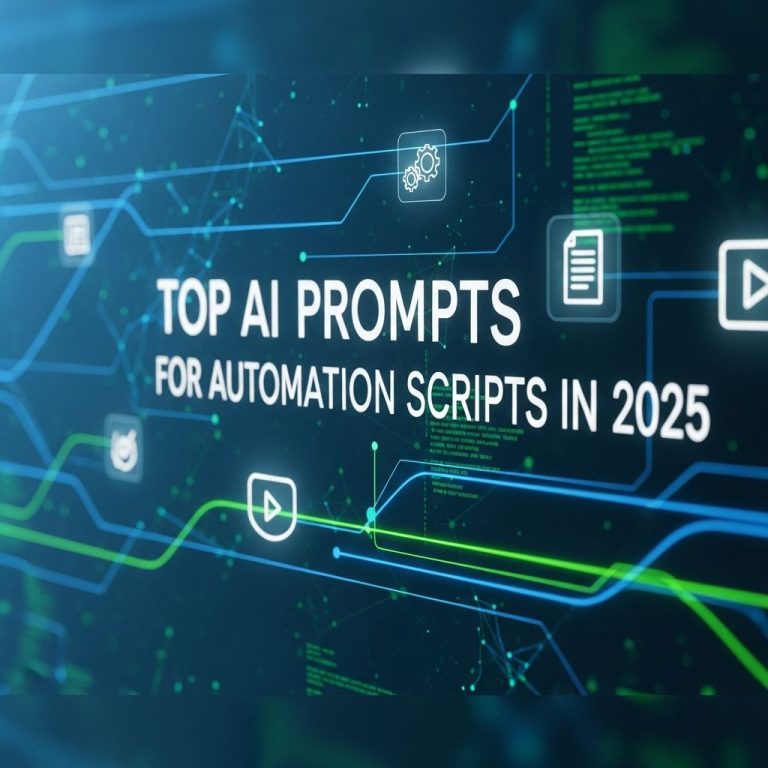As we move deeper into the digital age, security concerns have become paramount. With the rise of technology, the methods we use to secure our identities and data are evolving. One of the most promising advancements in this arena is facial recognition technology. By 2025, we expect significant developments that will reshape how we protect ourselves and our information. This article delves into the strides being made in facial recognition solutions, their implications for security, and what the future holds.
Understanding Facial Recognition Technology
Facial recognition technology, a subset of biometric identification, involves using algorithms to identify and verify individuals based on their facial features. The technology primarily works through the following processes:
- Image Capture: This involves capturing a person’s face using a camera or a smartphone.
- Feature Extraction: Key features of the face, such as the distance between eyes or the shape of the jaw, are extracted and converted into a unique facial signature.
- Matching: The extracted facial signature is compared against a database of known faces to determine if there is a match.
How It Works
Let’s break down the working of facial recognition technology:
- Data Collection: Cameras collect facial data, which can be done in real-time or through stored images.
- Pre-processing: The images are processed to ensure optimal conditions for analysis, such as adjusting brightness and contrast.
- Algorithm Application: Various algorithms are applied to the processed image to identify features and match them with existing data.
- Results Interpretation: Matches are scored based on confidence levels, determining the likelihood of identity.
Current Applications of Facial Recognition
Facial recognition technology has found applications across various sectors, showcasing its versatility and effectiveness in enhancing security measures:
| Sector | Application |
|---|---|
| Finance | Fraud detection and secure transactions. |
| Law Enforcement | Identifying suspects and missing persons. |
| Retail | Customer profiling and targeted marketing. |
| Healthcare | Patient identification and access to medical records. |
| Corporate Security | Access control to secure facilities and systems. |
The Role in Public Safety
Facial recognition is increasingly being deployed in public spaces to enhance safety. Law enforcement agencies are integrating this technology into their operations for tasks such as:
- Monitoring crowds during large events.
- Identifying individuals with outstanding warrants.
- Enhancing surveillance in high-crime areas.
Future Trends in Facial Recognition Solutions
As we look towards 2025, several trends in facial recognition technology are poised to emerge:
1. Improved Accuracy and Speed
Advancements in artificial intelligence and machine learning will continue to refine the accuracy of facial recognition systems. Expect:
- Higher precision in identifying individuals in varying light conditions.
- Faster processing speeds enabling real-time analysis.
2. Enhanced Privacy Measures
With growing concerns about privacy, future solutions will likely incorporate:
- Stronger consent protocols for data usage.
- Advanced encryption methods to protect identity data.
3. Regulation and Standardization
The rise of facial recognition technology has prompted calls for comprehensive regulations. By 2025, we can anticipate:
- Global standards governing the use and sharing of biometric data.
- Clear guidelines ensuring ethical usage by corporations and governments.
Challenges and Concerns
Despite its benefits, facial recognition technology faces several challenges that need to be addressed:
1. Ethical Implications
The use of facial recognition raises ethical questions regarding surveillance and civil liberties:
- Potential for misuse by authoritarian regimes.
- Concerns about racial bias in identification accuracy.
2. Data Security Risks
Storing sensitive biometric data poses significant risks:
- Hacking incidents could lead to identity theft.
- Data breaches may compromise individual privacy.
3. Public Acceptance
Gaining public trust is crucial for the widespread adoption of facial recognition technology. Factors influencing acceptance include:
- Transparency in how data is collected and used.
- Proven track record of security and ethical use.
Case Studies: Successful Implementations
Several organizations have successfully integrated facial recognition technology, demonstrating its potential:
Case Study 1: Major Retail Chain
A leading retail chain implemented facial recognition to:
- Reduce theft by identifying known shoplifters.
- Enhance customer experience through personalized marketing.
Case Study 2: Law Enforcement Agency
A metropolitan police department utilized facial recognition in:
- Solving cold cases through identification of suspects.
- Enhancing security during public events.
Conclusion: The Path Forward
Facial recognition technology stands at the forefront of security solutions as we approach 2025. While it offers numerous advantages in enhancing safety and security, the associated challenges cannot be overlooked. As technology continues to evolve, so must our approaches to privacy, ethics, and regulation. By addressing these concerns head-on, we can unlock the full potential of facial recognition solutions while safeguarding individual rights and freedoms.
FAQ
What are facial recognition solutions?
Facial recognition solutions use advanced algorithms to identify and verify individuals by analyzing facial features from images or video streams.
How secure are facial recognition solutions in 2025?
In 2025, facial recognition solutions are expected to offer enhanced security through improved accuracy, real-time processing, and advanced encryption technologies.
What industries can benefit from facial recognition technology?
Industries such as security, retail, healthcare, and finance can benefit from facial recognition technology by enhancing security measures and improving customer experiences.
Are there privacy concerns with facial recognition solutions?
Yes, privacy concerns exist with facial recognition solutions, particularly regarding data protection and consent, which require careful management and compliance with regulations.
How does facial recognition technology work?
Facial recognition technology works by capturing an image, extracting facial features, and comparing them against a database to find matches using artificial intelligence.
What advancements can we expect in facial recognition by 2025?
By 2025, advancements in facial recognition may include improved accuracy rates, faster processing times, and integration with other biometric technologies for multifactor authentication.




